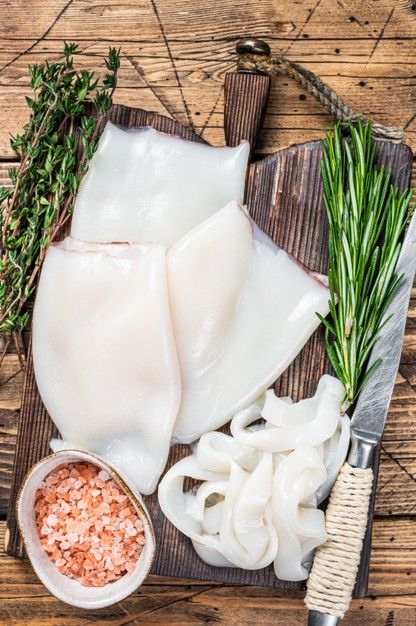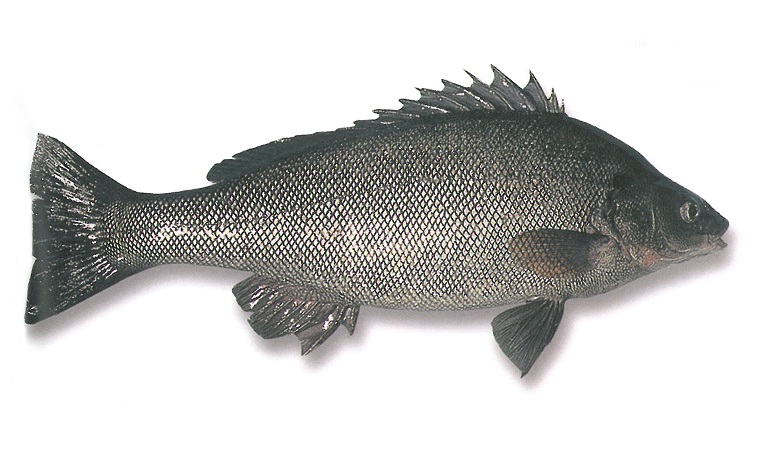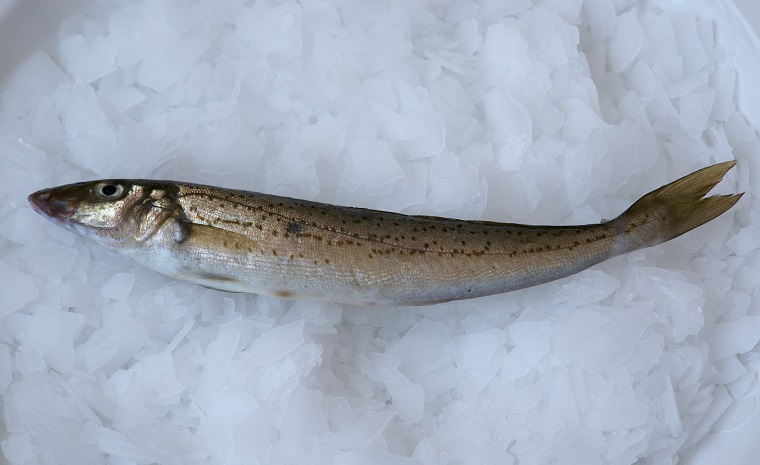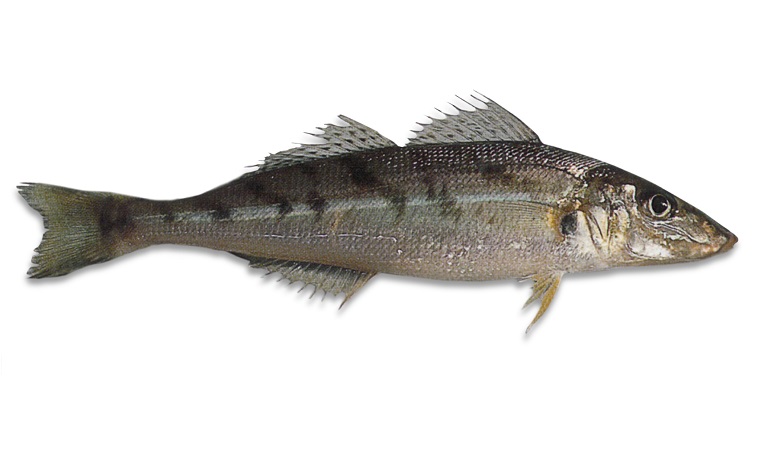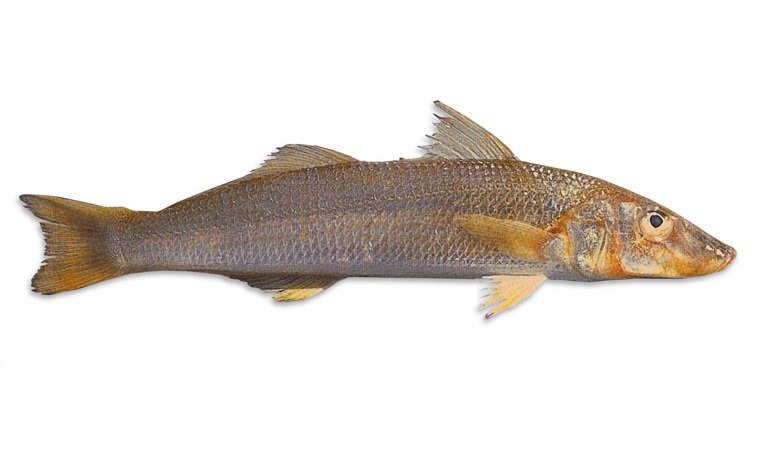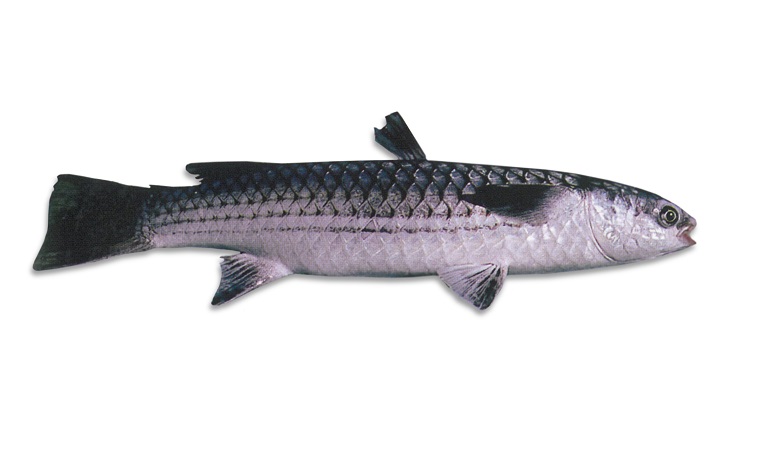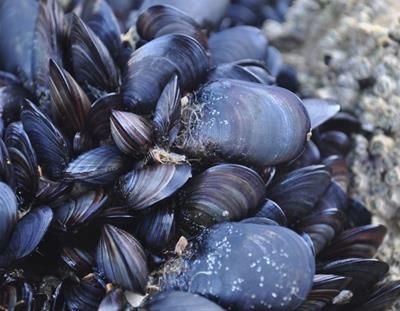THE TASTE OF SOUTHERN CALAMARI
Southern calamari, a popular seafood choice in many regions, boasts a distinctive taste that delights the palate of seafood enthusiasts. Recognized for its tender and mildly sweet flavour, Southern calamari has a delicate texture that perfectly complements its subtle oceanic essence. Whether it’s grilled to perfection, fried to a golden crisp, or included in various culinary creations, the calamari’s taste is marked by a delightful combination of tenderness and a hint of brininess. The versatility of Southern calamari in the kitchen allows it to absorb flavours from marinades, seasonings, and accompanying sauces, making it a sought-after ingredient in many seafood dishes. The succulence and versatility of Southern calamari make it a favourite among those who appreciate the nuanced and delightful flavours of high-quality seafood.
SEASON
The Southern Calamari (Sepioteuthis Australis) is a popular species of squid found in southern Australian waters. The peak season for Southern Calamari in Australia varies depending on the region and environmental conditions. Generally, the prime time for catching Southern Calamari is during the warmer months, from late spring to early autumn. In southern parts of Australia, such as Victoria and South Australia, the peak season often occurs from September to April. However, it’s essential to note that squid fishing can be influenced by factors such as water temperature, weather conditions, and the squid’s reproductive cycle.
SIZE AND WEIGHT
Southern Calamari are typically medium-sized squids. The mantle length, which is the main body part excluding the tentacles, can range from about 15 to 40 centimetres (6 to 16 inches). The total length, including the tentacles, can be longer. Weight: The weight of Southern Calamari also varies based on factors such as age, sex, and environmental conditions. On average, adult Southern Calamari may weigh between 200 grams to 1 kilogram (7 ounces to 2.2 pounds), but larger individuals can exceed these weights.
COOKING METHODS
Steam, poach, deep-fry, pan-fry, stir-fry, bake, braise, grill, barbecue, raw (sashimi). To be tender, calamari must be cooked very quickly over high heat or very slowly over low heat.
The flesh of the mantle, fins, arms and tentacles is suitable for a wide variety of preparations, whole tubes can be stuffed and baked, strips or rings can be dusted in seasoned flour and deep-fried or marinated and char-grilled or stir-fried.
The ink can be used to flavour and colour risotto or pasta (though Cuttlefish ink is traditionally used).
GOES WELL WITH
Black beans, capers, capsicum, chilli, fresh herbs, garlic, ginger, green onions, lemongrass, lemon, lime, mushrooms, olive oil, olives, potato, salad leaves, soy sauce, tomato.
COMMERCIAL FISHING OF SOUTHERN CALAMARI
Commercial fishing of Southern Calamari (Sepioteuthis Australis) in Australia is regulated by fisheries management authorities at both the state and federal levels. Commercial squid fishing operations typically use various methods, including trawling and jigging, to catch Southern Calamari. Available wild-caught, these marine cephalopods have mottled purpley-brown skin with long, rounded side fins running almost the full length of their body, 8 shorter arms and 2 longer tentacles. They are found inshore to depths of less than 100m, commonly in coastal bays and inlets around southern Australia from Brisbane to Shark Bay, WA. Most of the commercial catch comes from SA.
They tend to gather near the seabed during the day and spread out at night throughout the water, coming to the surface to feed. They are mainly caught by jigging (using lights to attract them to the water’s surface at night), but also as bycatch in tunnel nets, trawling, inshore haul nets and beach seines. ‘Calamari’ is the Italian word for ‘Squids’, but it also refers to those species of Squid whose side fins run the full length of their bodies as opposed to those with relatively shorter side fins.


